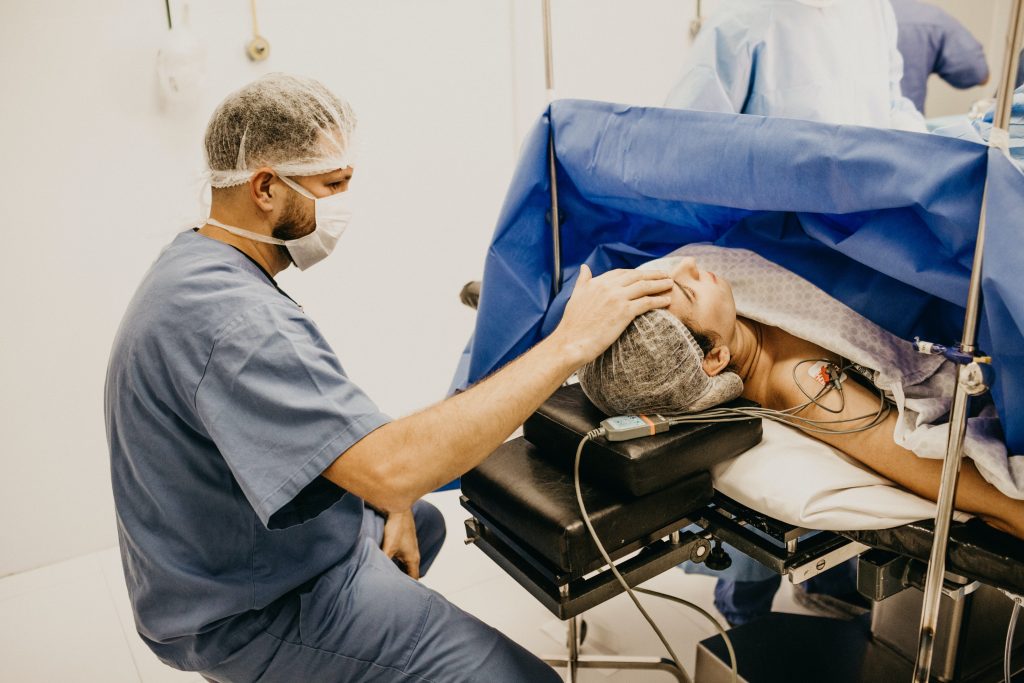
Precision, accuracy, and reproducibility are the hallmarks of robotic surgery systems, which can help surgeons and enhance patient outcomes. Although the term “robotic surgery” is commonly seen as a robot doing the treatment without human intervention, this is not always the case. Professional, board-certified surgeons direct robotics-assisted surgical equipment to make the surgery go more smoothly. The Food and Drug Administration (FDA) has been clearing more and more of these systems in recent years. Here, Techizall has listed the top four robotic surgery systems now in use by doctors.
da Vinci by Intuitive Surgical
Intuitive’s da Vinci Surgical System was the first robotic surgery system to receive FDA certification for use in general laparoscopic procedures in 2000. Da Vinci Surgical System provides surgeons with clinically backed precision and accuracy in a variety of minimally invasive procedures. More than a dozen surgical specialties can benefit from the device, including: minimally invasive heart, colon, gynecological, head-and-neck, thoracic, and urological procedures. Various surgical instruments and a camera are controlled by the Surgeon Console on the Patient Cart by the surgeon. Robotic devices, including surgical instruments and a camera, are controlled by the Surgeon Console.
More than 775,000 patients have undergone surgery with the da Vinci robotic surgical system in more than 1,700 facilities throughout the world. Da Vinci devices are used in over 75% of all U.S. prostate cancer procedures, proving the effectiveness and reliability of this robotic platform.
Ion by Intuitive Surgical
In February 2019, the FDA granted 510(k) clearance to Intuitive’s Ion robotic surgical system. It’s a robotic endoluminal system that allows surgeons to take lung biopsies with minimally invasive techniques. The physician uses a robotic catheter to go through the lung’s tiniest and most complex passageways. In order to reach the targeted lung tissue, biopsy equipment like forceps and needles are inserted into the catheter and used as a guide.
By using fiber optic shape sensing technology, Ion’s catheter positioning can be robotically controlled during navigation. When the catheter reaches the appropriate location, it locks into place, allowing for remarkable precision in biopsy procedures. It is possible to fine-tune the biopsy precision of Ion’s catheter by moving it 180° in all directions.
Mako by Stryker
As of now, the Mako System is able to perform partial knee, total hip, and total knee surgeries with the use of a robotics system. An accurate 3D model of the patient’s bone structure can be generated utilizing data from a CT scan as part of the preoperative planning phase. This results in a customized plan for each patient that can be reviewed by the doctor before to the procedure. The CT scan model may need to be reworked to account for data gathered during the surgery and applied to the implant placement model. Stryker bought Mako Surgical Corporation in 2013 for $1.65 billion, which was the original inventor of the technology.
Monarch by Auris Health
The 510(k) approval for Auris Health‘s bronchoscopic gadget, the Monarch System, was granted in March 2018. A video game-like controller is used by the surgeon to operate a flexible robotic endoscope as it moves around the lungs’ many branches. This novel approach for performing lung endoscopic treatments delivers cutting-edge technology in the form of continuous bronchoscope viewing, computer guidance, and accurate instrument control. Computer-guided 3D navigation and traditional endoscopic views are also combined in this system.
Auris Health was purchased by Ethicon in 2013 for $3.4 billion from Johnson & Johnson’s Ethicon subsidiary. There were also $2.355 billion in contingent payments as part of the sale, making it an eye-popping $5.75 billion in total.
Read More
7 Most Useful Robots for Restaurants
Technology Can Help You Live A Happier and Healthier Life
Best Mental Health Apps for Mood Tracking in 2022

